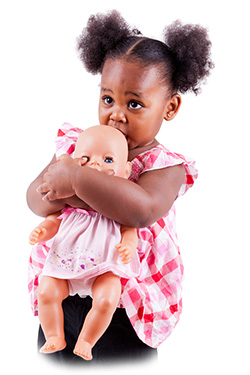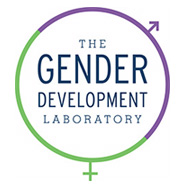Lisa M. Dinella, Ph.D.
Gender researcher, professor and speaker
"Using science to understand how little girls’ and boys’ experiences shape them into the young women and men they will become."
Gender, Play, Media and Childhood
Wishing to be a mommy to a (girl) mummy this Halloween - The Washington Post
Greeting us was an energetic salesman, who asked if we were searching for a specific costume. My response was a simple yes: We needed a mummy costume. He glanced back and forth between my son and my daughter, paused, and asked, "A girl mummy or a boy mummy?"
To me, it seemed as if the store got quiet and the minutes got long. And I heard the inevitable deep sigh escape from my daughter. I looked down at her, and the only word to describe her face was crestfallen.
Is it Pink? Does it have Wheels?
Are kids just naturally drawn to some toys more than others? Lisa Dinella and her colleagues conducted a series of experiments to see if boys are drawn to toys that have wheels more than girls. Girls liked toys that are stereotypically 'girl' toys more than boys, and boys liked 'boy' toys, but there was no difference in how much they liked toys with wheels, or that were pushed or pulled. Interestingly, girls were found to be more flexible in the types of toys that they liked than boys were. Providing all kids with all kinds of toys is important for their learning and their enjoyment.
Pink Gives Girls Permission
Drs. Erica Weisgram, Megan Fulcher, and Lisa Dinella conducted a series of studies on the colors pink and blue, and how color impacts kids' toy choices.
Results showed that a toy's color was very important, but impacted girls and boys differently.
Boys will be Boys, and Girls will be Princesses: Messages in Children's Media



